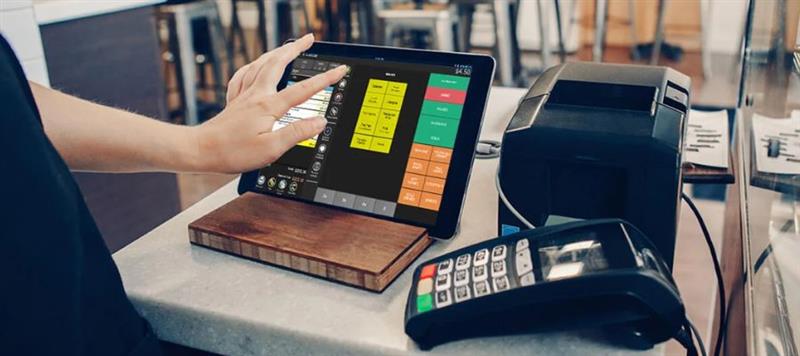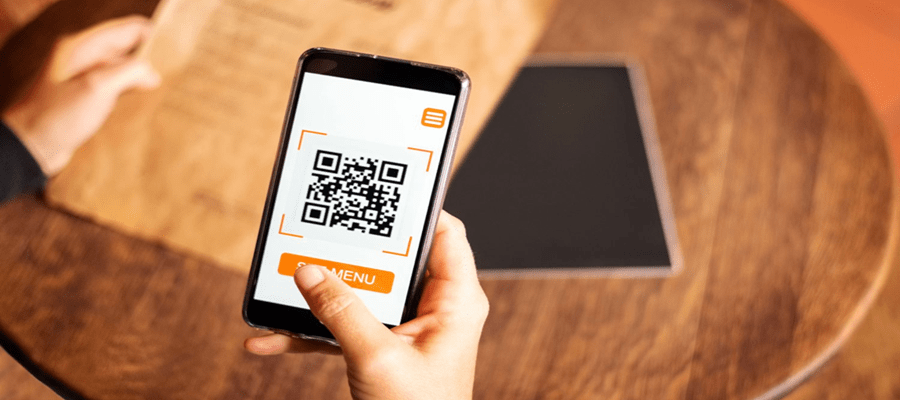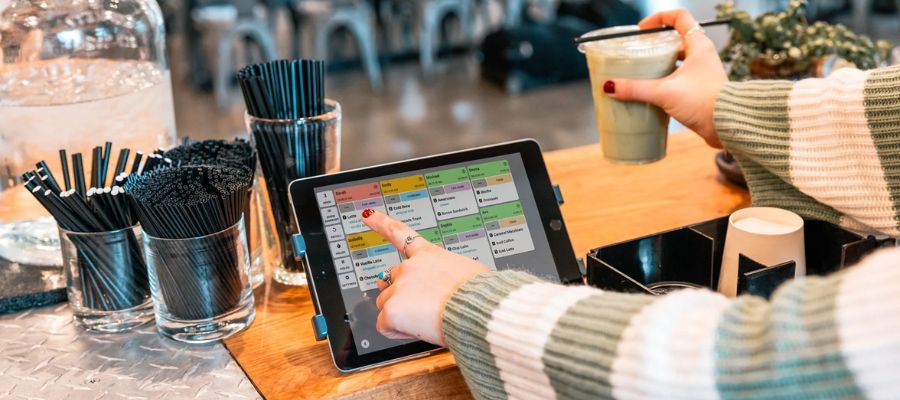
Say Goodbye to Menu Chaos, Streamline Your Menu Management With These Easy POS Features
If you are a restaurant owner, you are aware that one of the key factors influencing sales is the menu. The way you engineer your products, what ingredients you list, and how you label them will all contribute to increased sales. In summary, as menu management affects sales, patron satisfaction, and your restaurant's reputation overall, it is an essential component of managing a successful food service business.
Managing your restaurant's online menu effectively is a completely different matter. In an era where meal delivery accounts for a significant portion of restaurant sales, it's critical to understand how to effectively handle online menus. To make sure you know which goods sell the best at which certain time and week of the week, managing an online menu calls for meticulous planning, close attention to detail, and constant monitoring and assessment. And all of it can be aided by a quality restaurant point-of-sale system.
We've put up a list of essential point-of-sale tools to make managing your restaurant's menu simple!
1. Simple Ordering
With the aid of a reliable point-of-sale system, make the online ordering procedure simple and enjoyable for your clients.
Classifications and Differences
To make ordering easier, a well-designed menu appropriately groups the restaurant's offerings. Ordering apps like Zomato and Swiggy assist you in classifying your menu; nonetheless, you must adhere to the proper labelling according to your point-of-sale menu!
Additionally, you might provide extras, which might or might not be billed. For instance, adding extra cheese, bacon, avocado, and sauce to a burger gives customers the freedom to customise their meal to their exact specifications, which raises the average order value.
Your menu items can be simply categorised by a good point-of-sale system, which can also generate variations and add-ons with distinct prices for each customisation. As a result, you can easily control prices and provide as many add-ons as you like.
Making Particular Remarks
Do "make that extra spicy, please" and "no onions in the sandwich" seem familiar to you? Many clients give extra instructions or information, such as dietary restrictions, food allergies, preferred preparation methods, or any other unique requirements they may have, when placing their online food orders.
You can keep track of comments and notify your kitchen staff of any changes or requests in online purchases with the aid of an excellent point-of-sale system. For instance, you could make fields labelled "gluten-free," "vegan," "spicy," and so on, and link them to particular menu items.
2. Seamless Internal Management
Managing the online menu across several food aggregators, providing different discounts, and continuously checking for orders can be difficult for your employees. But don't worry, you can handle it easily and with little work if you have a point-of-sale system.
Supervising Every Food Aggregator
For eateries without automation, aggregator menu administration can be challenging because it entails manually confirming menu prices and item descriptions, updating menu items and information to reflect business changes, and resolving any conflicts or problems that may come up.
It takes some time for any pricing changes or deletions to be reflected after being sent to the appropriate Zomato and Swiggy staff. You may easily change your menu items and prices, as well as turn them on and off right from the POS, with the use of a point-of-sale system.
Multiple Menus
Depending on the area, chain restaurants occasionally offer various menu items. It might be challenging to oversee several menus in a restaurant, particularly when each one has more items, prices, and other considerations. A POS system, on the other hand, can efficiently oversee several menus and offer clients a flawless ordering experience. You have total pricing flexibility over each channel, allowing you to adjust your item mix and prices by area or channel to account for additional expenses like commissions and service.
Quick Billing Short Codes
Abbreviations are frequently used by restaurant employees to carry out particular duties. For example, they may expedite the process of entering menu items into the point-of-sale (POS) system by assigning PBB for Pav Bhaji Butter. These shortcuts are built into a point-of-sale system so that employees may rapidly type them in your online menu. When an order arrives, the identical shortcodes will appear on the POS screen.
Adjust the Timing of the Menu
Does the menu at your restaurant change according on the time of day? It's possible that your breakfast menu won't be accessible until 11:00 am. Additionally, your pastry chef only arrives at 4:00 pm. For dine-in and aggregator platforms, a POS system may easily guarantee that specific menu items are only offered during specific hours of the day.
BoGos and Combos
Restaurants use a variety of promotions and packages to draw in more patrons. However, billing those combos and keeping track of their inventory can be very difficult for your employees. You can generate combos and BoGo offers using a POS system, and you can make sure that your inventory at the backend remains in sync by using the appropriate inventory items for every combination or BoGo item.


